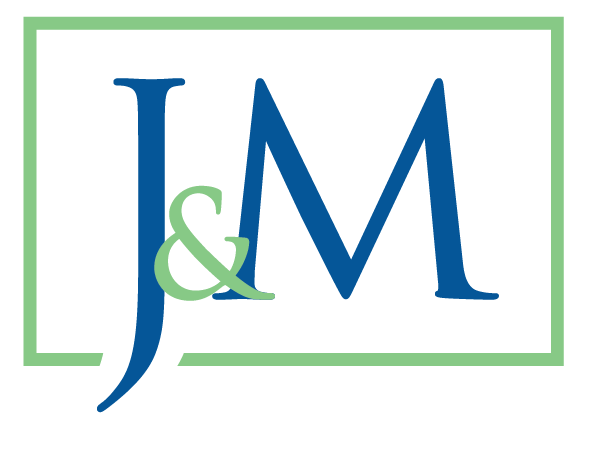Disaster Recovery: A Preliminary Checklist
Office of the Governor
- Establish the Governor’s recovery office, articulate a vision and priorities for recovery, and communicate roles and responsibilities of the new office. Create a mechanism(s) to communicate progress against established priorities and performance metrics.
- Establish a mechanism to engage the private sector and citizens in the recovery efforts (i.e., commission, task force).
- While the Emergency Management Agency will be fully engaged in, and likely leading, the response and recovery efforts, challenge and engage the other state cabinet agencies (Transportation, Public Safety, Education, Health and Human Services, etc.) to contribute to the recovery.
- Identify the gaps, new funding needs, and required waivers that need to be addressed in the next legislative session.
- Lobby and monitor how federal departments and agencies (such as HUD) intend to allocate and distribute any supplemental funding that may be made available.
- Determine which state departments/agencies will administer the federal grant funds, to include overall policy direction and development of guidance/eligibility for use of funds (i.e., Community Development Block Grant (CDBG) supplemental funding, FEMA grant programs, etc.).
- Maximize federal assistance through requests for deadline extensions and cost share reductions.
- Examine how CDBG funds and projects may be used to meet other federal program cost share requirements.
- Concert efforts and build consensus within the state’s congressional delegation for the Governor’s priorities—the Governor’s Recovery Office can communicate progress and supplemental funding requirements.
- Engage the State Insurance Commissioner to streamline insurance adjustments and settlements, and identify gaps and potential choke points for businesses, homeowners, and local governments.
State Department and Agencies
- Establish a calendar of policy and regulation deadlines (e.g. debris removal, cost share, applications, and appeals).
- Gather data and metrics to support the state’s requests for deadline extensions and increased federal cost share.
- Stimulate long-term recovery planning efforts at the local level.
- Encourage a comprehensive recovery approach that isn’t limited by eligibility requirements for specific federal programs.
- Support the efforts of local jurisdictions and the business community to plan for economic and physical recovery by articulating the tools (legislative fixes, waivers, and funding) necessary to achieve desired outcomes.
- Conduct a baseline assessment of State laws and acquisition rules that may slow recovery efforts and consider legislative or other mechanisms to amend.
- Create a forum to address long-term housing and land-use issues. Solutions must address wrap around services to eliminate or reduce the negative consequences of disaster temporary housing.
- Identify disaster case management requirements for affected citizens and pursue federal grant funds to support a state-led case management program.
- Establish a process to validate contractor licenses and consider establishing a credentialing system to identify verified contractors and builders.
Additional Issues to Address with FEMA and Other Federal Agencies
- Ensure that any program initiatives and Disaster Specific Guidance piloted or implemented for previous or other disasters to cut red tape and provide greater flexibility are made available to your state and communities.
- Obtain a commitment to ensure continuity of federal technical and engineering field staff and a formal transition program for all staff rotations and turnovers to avoid conflicting decisions and program de-obligations.
- Pursue a Privacy Act information sharing agreement with FEMA to share applicant information with state and local jurisdictions to support recovery efforts.
Additional Issues: Federal Recovery Programs
FEMA Public Assistance
- Establish debris removal contracts in accordance with proper procurement procedures.
- Manage local government and public expectations. Even if the traditional 75% federal/25% non-federal cost share requirement is adjusted to 100% federally funded,: 100% federal share doesn’t mean 100% of the rebuilding work will be eligible.
- Streamline state review processes and establish policies for advancing funds to local jurisdictions to stimulate rebuilding projects.
- Ensure the state and local jurisdictions have the documentation processes in place to maximize eligibility and streamline process flows.
- Coordinate with municipalities and FEMA to obtain approval for Private Property Debris Removal (PPDR), and work with FEMA to provide a toolkit and templates to municipalities to assist them with the PPDR process.
FEMA Individual Assistance:
- Engage with federal counterparts (especially FEMA and HUD) on the provision of Temporary and Long-Term Housing Assistance.
- Pursue timely payments to disaster survivors, including reimbursements for evacuation costs.
FEMA Hazard Mitigation Grant Program:
- Identify which jurisdictions do not have approved local hazard mitigation plans and provide immediate support (funding, technical assistance) to develop plans so they meet HMGP eligibility requirements.
- Determine elevation requirements for rebuilding.
HUD CDBG:
- Develop state and local action plans for CDBG funds.
Recent Posts


